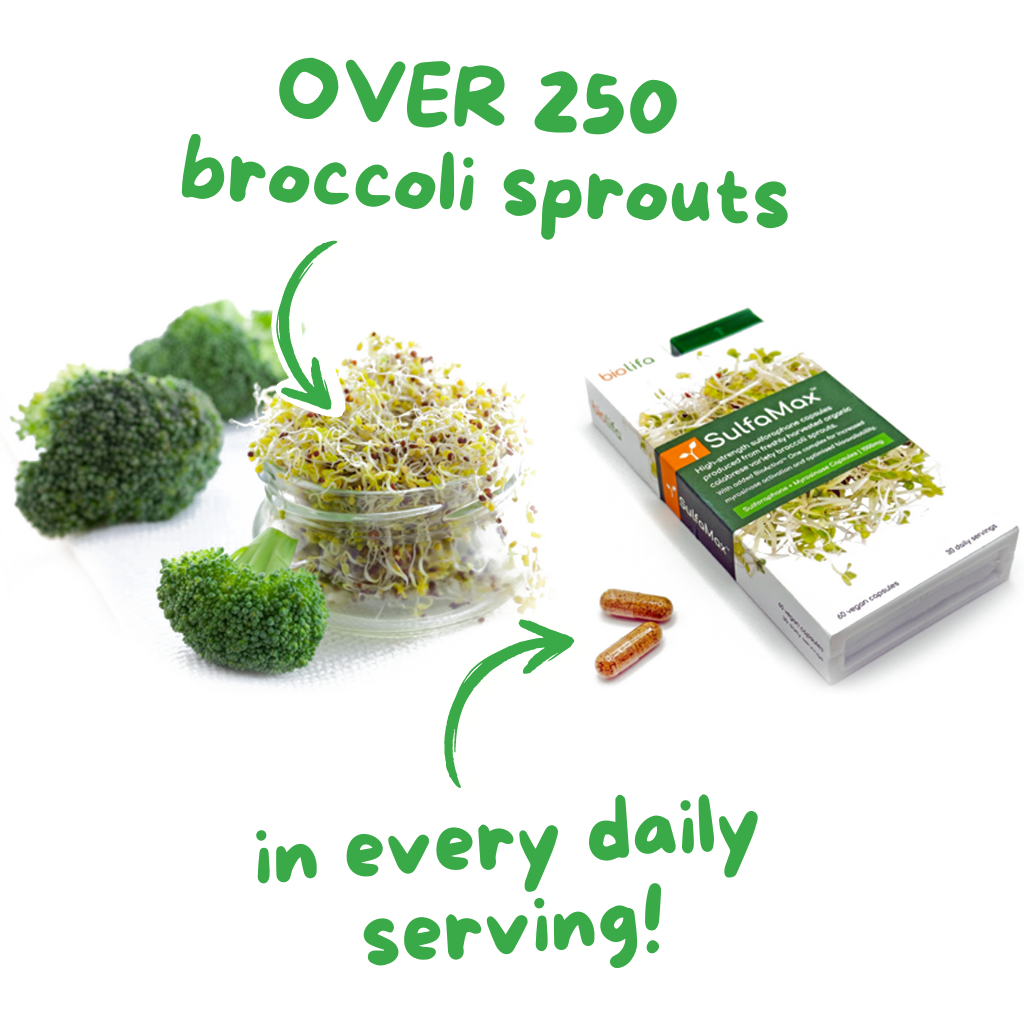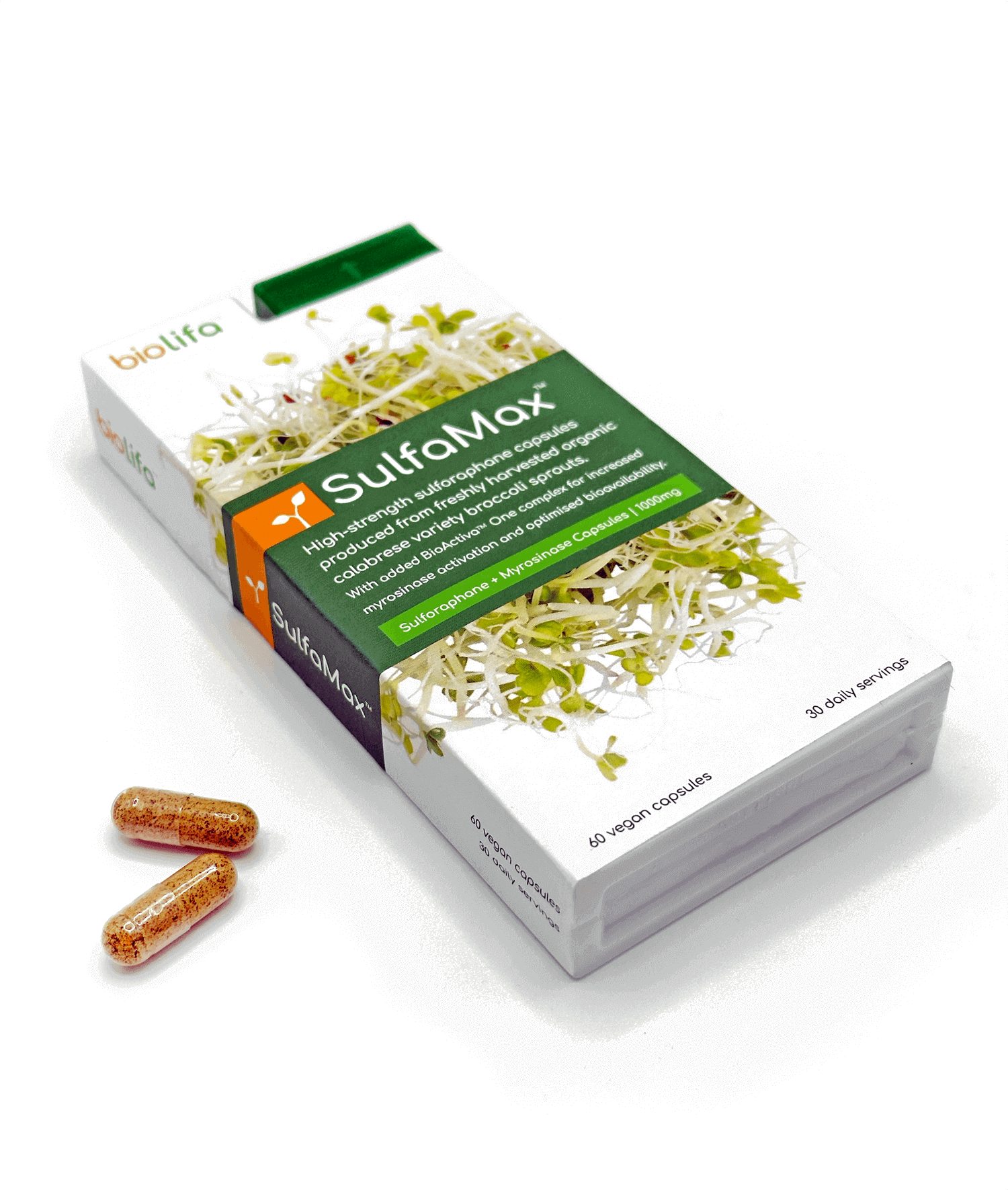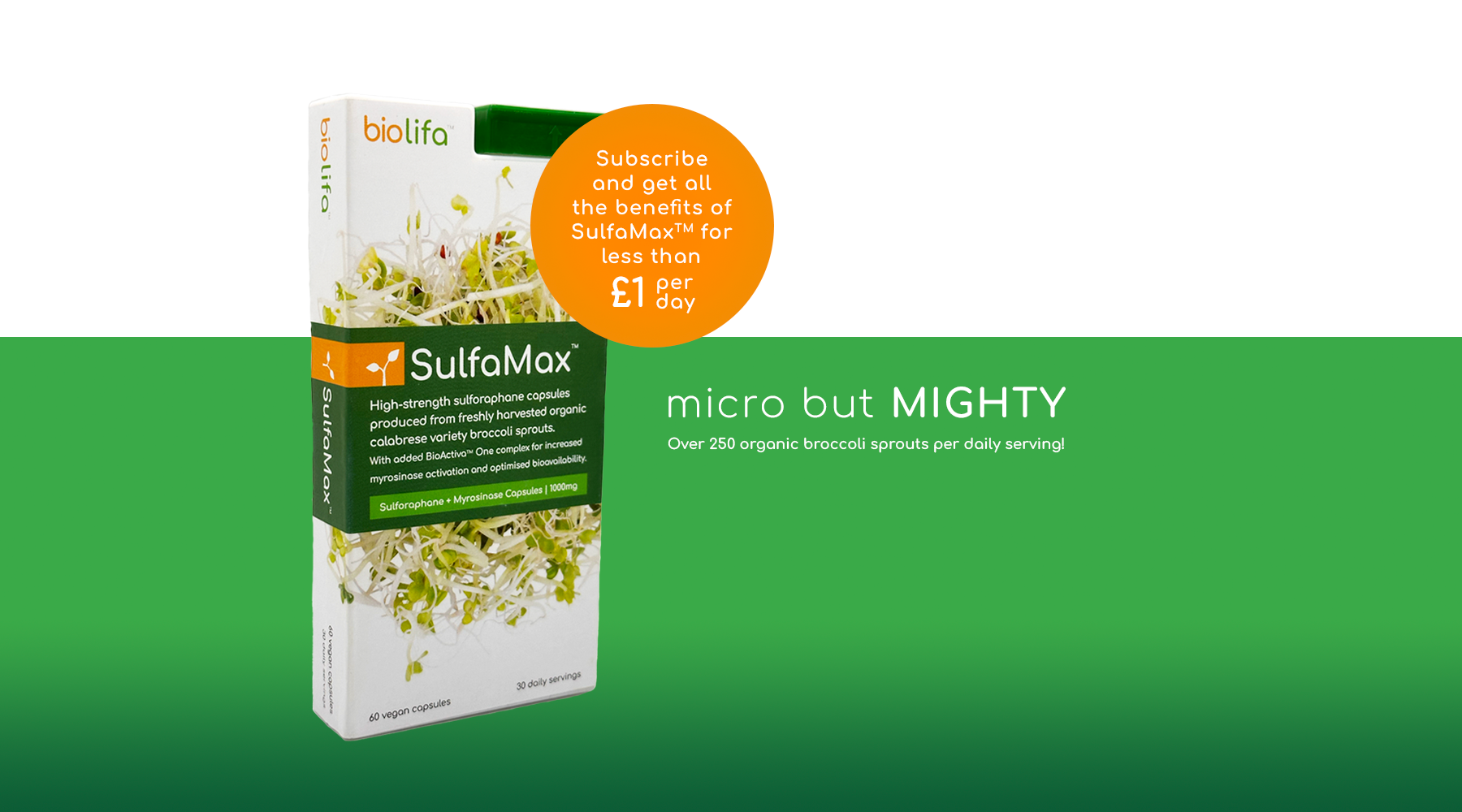Living with osteoarthritis can be a daily struggle. The pain, stiffness, and limited mobility can make even the simplest tasks feel like a Herculean effort. But what if there was a natural solution that could help alleviate your symptoms and improve your quality of life? Enter sulforaphane, a powerful compound found in certain vegetables that has been shown to have incredible benefits for osteoarthritis sufferers.
What is sulforaphane and how does it work?
Sulforaphane is a natural compound that belongs to a group of chemicals called isothiocyanates. It is found in cruciferous vegetables such as broccoli, cauliflower, kale, and Brussels sprouts. When you consume these vegetables, an enzyme called myrosinase converts a precursor compound called glucoraphanin into sulforaphane.
So how does sulforaphane work its magic? It has been found to have potent anti-inflammatory and antioxidant properties. Inflammation plays a key role in the development and progression of osteoarthritis, and by reducing inflammation, sulforaphane can help alleviate pain and stiffness associated with the condition. Additionally, its antioxidant properties help protect the joints from further damage by neutralizing harmful free radicals.
Scientific evidence supporting the use of sulforaphane for osteoarthritis
While the idea of a natural compound providing relief for osteoarthritis may sound too good to be true, there is scientific evidence to back it up. Several studies have shown the potential of sulforaphane in managing osteoarthritis symptoms.
A study published in the journal Arthritis & Rheumatology found that sulforaphane treatment reduced pain and improved physical function in patients with knee osteoarthritis. Another study published in the journal Scientific Reports demonstrated that sulforaphane protected cartilage cells from inflammation-induced damage.
How to incorporate sulforaphane into your diet
If you're ready to harness the power of sulforaphane to improve your osteoarthritis symptoms, here are some tips on how to incorporate it into your diet:
- Add cruciferous vegetables to your meals: Include broccoli, cauliflower, kale, Brussels sprouts, and other cruciferous vegetables in your daily meals. Whether you steam them, roast them, or enjoy them in a salad, these vegetables are a delicious way to boost your sulforaphane intake.
- Try broccoli sprouts: Broccoli sprouts are a concentrated source of sulforaphane. You can easily grow them at home or find them at your local grocery store. Add them to sandwiches, salads, or smoothies for an extra sulforaphane kick.
-
If you want a quick, hassle free way to get broccoli sprouts into your diet on a daily basis - try our SulfaMax sulforaphane supplement which contains over 250 organically grown broccoli sprouts in each two capsule serving.
The future of sulforaphane for osteoarthritis
As researchers continue to explore the potential of sulforaphane for osteoarthritis, there is hope for even more breakthroughs in the future. Clinical trials are underway to further investigate its efficacy and safety, and early results are promising.
While sulforaphane is not a cure for osteoarthritis, it offers a natural and accessible way to manage symptoms and improve your quality of life. By incorporating sulforaphane-rich foods into your diet, you can take a proactive approach to your health and well-being. So why not give it a try? Your joints will thank you!







